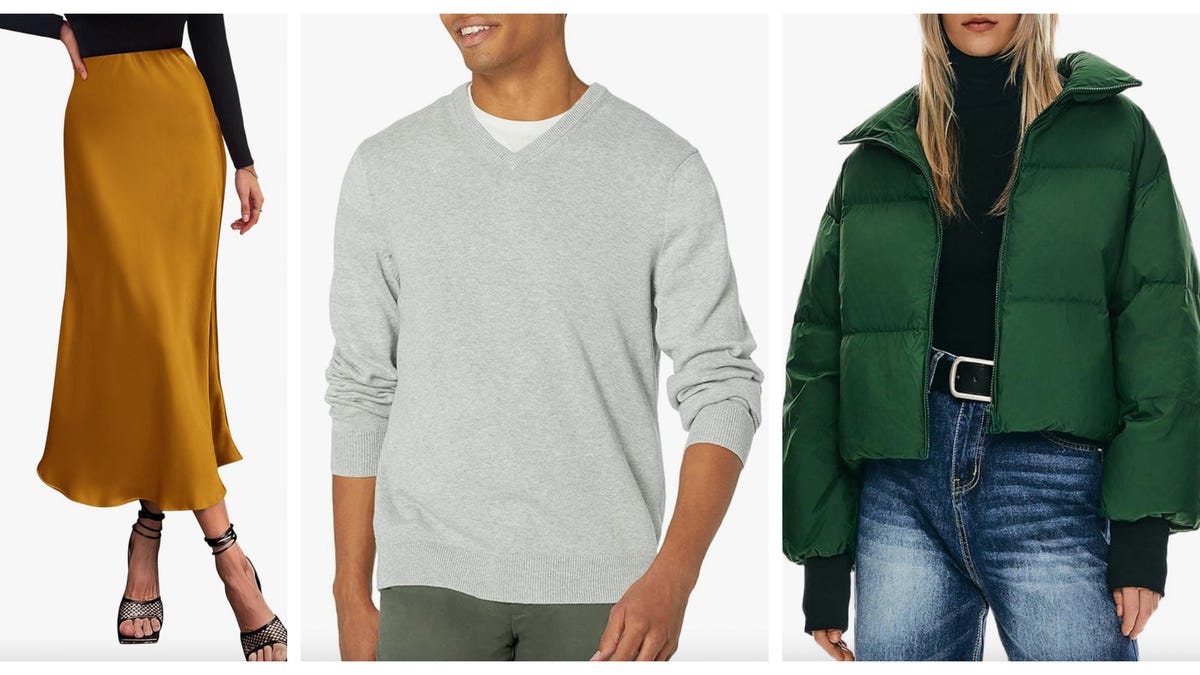Fashion
High fashion at the grassroots: Watertown leverages scenery and knitwear tradition

Ti Gong
Puyuan Fashion Week opens with Vera Wang Haute show at an ancient temple.
Haute couture is the pinnacle of fashion, and in the case of Puyuan, the new face a small Chinese town known for its knitwear industry tries to take on.
The small watertown in neighboring Zhejiang Province has reinvented itself as a “fashion resort,” where models showcase the latest collections from labels like Vera Wang Haute and The Atelier by Jimmy Choo in its ancient temple while local knitwear companies meet potential clients not far away.

Ti Gong
A Nora Reve show on water stage
Puyuan Fashion Week, held at the end of April, explored new ways to integrate the town’s traditional knitwear industry with contemporary fashion and tourism. Its efforts are not unlike those in other Chinese towns and villages seeking to parlay local assets into expanded business and more tourists.
Puyuan Fashion Resort, which opened last year, is banking on combining knitwear and fashion elements with the renovated historical buildings typical of watertowns. Celebrities at its fashion week, set against the picturesque backdrop, have generated eye-catching photos that are seen far beyond the town’s borders.

Ti Gong
“I have lived here since age 3, and this part of the town is not far from the market, where I used to come often,” Gao Luntong, general manager of local fashion brand Qian Qiu, told Shanghai Daily before her own show during fashion week. “It’s quite something to see this place turned into a huge fashion stage.”
She added, “It has opened new opportunities – both motivational and challenging – for local brands like ours. We are trying to re-invent and re-imagine the brand. Are we ready? Let’s see what happens in the next few years.”
In her early 30s, Gao took over Qian Qiu from her parents, who founded the brand in 1998, shortly after they moved to the town. At the time, Puyuan was already a knitwear manufacturing and distribution center.

Ti Gong
Its knitwear industry traces back to 1976, when the town’s production cooperative bought three hand-driven, flat knitting machines and started selling items on the streets. Wool sweaters were fairly new to the Chinese at the time, and the sweaters soon caught the attention of people passing through town.
By 1988, some 30 shops in the industry had popped up. That beginning has since expanded into 10 trading areas, along with markets for other products along the supply chain.

Yao Minji / SHINE
Puyuan Fashion Center is among the many malls and trading areas a few kilometers away from the tourist fashion resort.
By 2023, the town’s knitwear revenue was about 130 billion yuan (US$18 billion), the fifth consecutive year to top 100 billion yuan. Some 70 percent of all wool sweaters sold in China come from Puyuan.
“Almost every household had something to do with wool sweaters in my parents’ generation – from wool to buttons,” said Pan Liwei, a ride-hailing driver in his early 40s. “But the environment has become increasingly competitive in the last few years. Those who can’t keep up, like my parents, had to sell their businesses or simply quit the industry.”
Pan said the old notion that Puyuan sweaters were cheap wholesale products still persists to some extent, despite efforts to upgrade the image.
“In the last two years, a lot more visitors have come here on winter shopping trips,” he said. “The markets are packed in winter. Some buyers ask me about specific brands, though they are still few in number, at least for now.”

Yao Minji / SHINE
A corner of at one of the 10 trading areas

Yao Minji / SHINE
A map of the vast second trading area
Cao Li is one in Puyuan on a shopping trip.
Initially attracted by celebrity pictures from last year’s fashion event, the architect and her friends drove here from Shanghai. They brought ensembles of neo-Chinese style clothes specifically for picture-taking in the ancient water town. They said they also planned to stock up on winter clothes.”
“Price is definitely one consideration,” Cao said. “A cashmere jacket here that sells for a few hundred yuan could easily cost two or three thousand in Shanghai.”
She added, “I also really enjoy discovering things in big markets like this. It’s a bit like a blind box. You might get pleasantly surprised by Chinese brands that you have never heard of before. Who says they won’t be the height of fashion one day? I prefer discovering unknown brands rather than just following the trend of top labels.”

Yao Minji / SHINE
Trees inside the watertown wear knit-jackets to emphasize Puyuan’s knitwear tradition.

Yao Minji / SHINE
Workshops and exhibitions were held during the fashion week.

Yao Minji / SHINE
The most common vehicle at the market to transport clothes.









/cdn.vox-cdn.com/uploads/chorus_asset/file/24435784/tokyostrava.jpg)